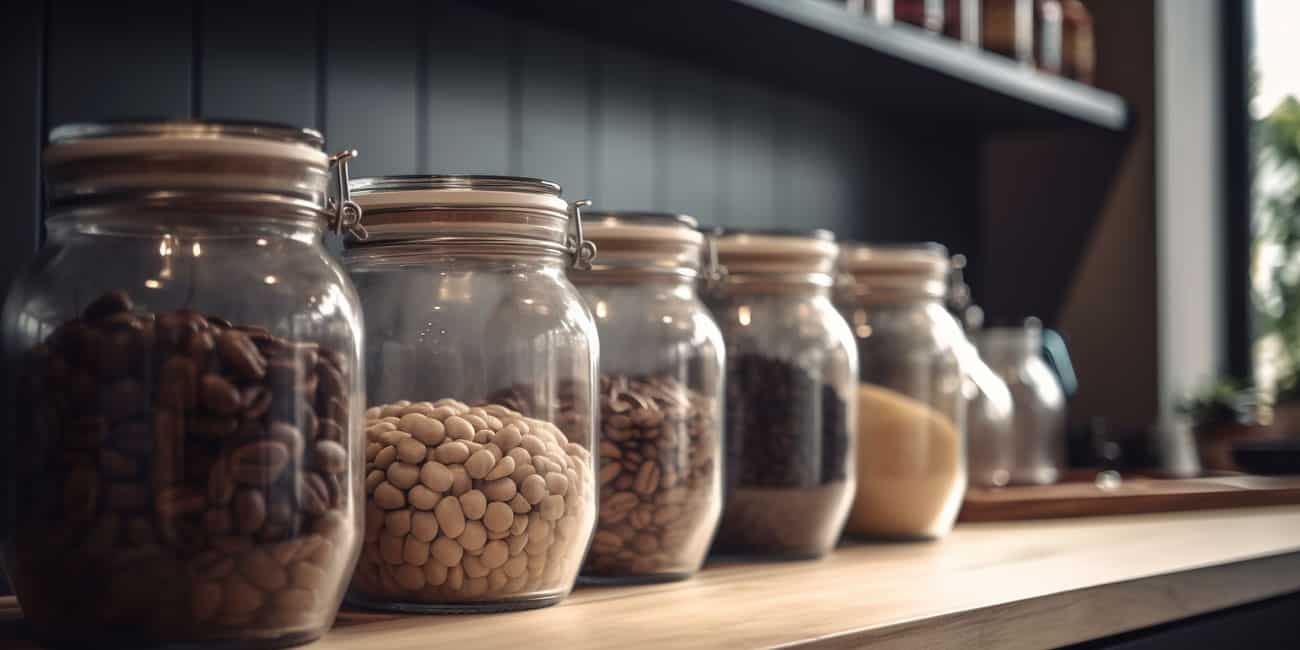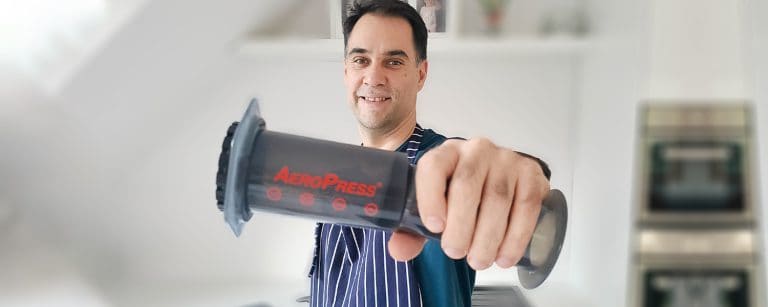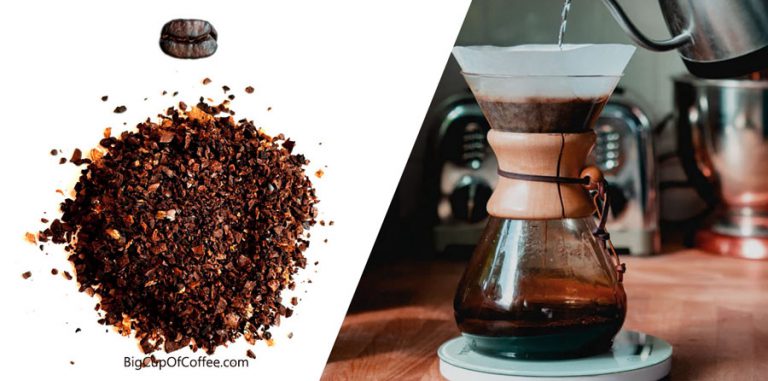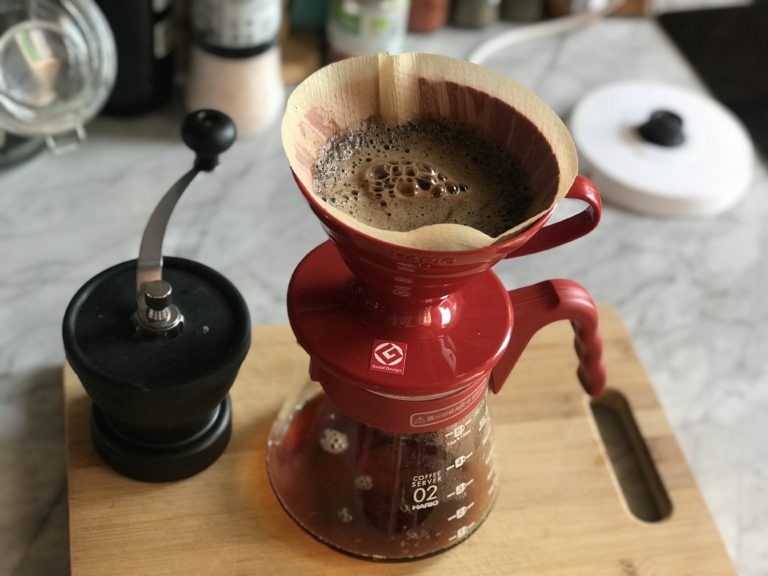Never Drink Stale Coffee Again: How to Store Coffee Beans for Maximum Freshness
Stale coffee beans are a real waste. They make terrible coffee, but throwing them out = wasting money.
This is why I make it a habit to store my coffee beans correctly in order to maintain their maximum freshness.
In this article, I’ll take you through all there is to know about storing your supply of java in order to keep it fresh for longer periods – from understanding different types of containers to avoiding common mistakes.
So if you’re interested in making sure your next cup savors just as amazing as ever, read on.
Understanding Coffee Beans
Before we get into coffee storage methods, let’s first take a closer look at the differences between green coffee beans and roasted coffee beans.
- Green coffee beans are raw and unroasted. Since they haven’t been roasted yet, many of their flavors are hidden.
- Then comes the roasting process, which causes moisture within the bean to evaporate rapidly, creating steam that forces carbon dioxide (CO2) out through small cracks known as ‘chaff’.
The CO2 is released slowly over two weeks after roasting in a process called “degassing“.
This is why it is so important to store your freshly bought beans correctly. Without proper storage, the valuable flavors and aromas simply escape your roasted beans and will leave you with mediocre results in the cup.
Factors Affecting the Shelf Life of Coffee Beans
If you want to store your beans right, you’d want to understand how different factors can affect their shelf life.
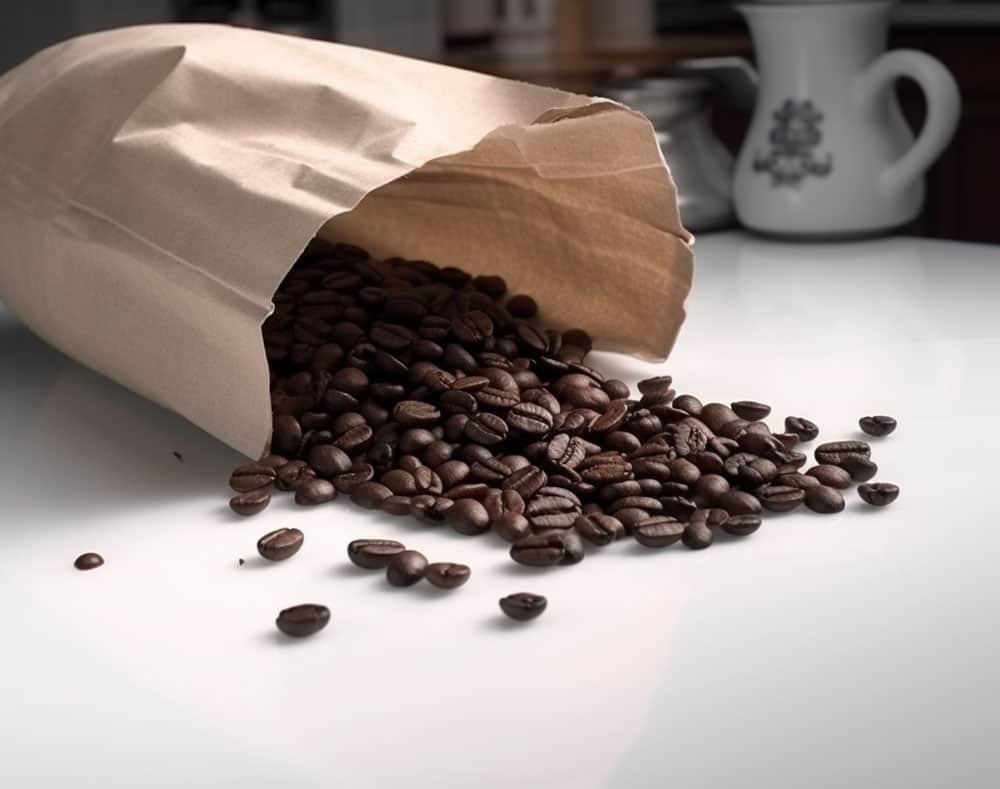
There are three major factors that can diminish the flavor and aroma of your coffee beans:
1. Temperature
This has a huge impact on the shelf life of coffee beans – too high or too low of a temperature can cause them to lose their aromatics and taste quickly. So if possible, look for a spot that keeps the beans at room temperature or slightly cooler.
Though not ideal, I recommend keeping them away from direct sunlight as well since consistent UV exposure can add additional heat which isn’t good for maintaining freshness.
2. Oxygen Exposure
Exposing your coffee beans to oxygen causes oxidation. This process converts healthy fats into rancid oils which significantly decreases their shelf life.
When stored incorrectly, air pockets in your coffee bag may also lead to moisture buildup inside and bring down overall freshness even faster.
This is why some roasters package their beans with one-way valves which release the CO2 without exposing the beans to oxygen.
3. Light
I know some of you may like seeing their coffee beans on display in the kitchen, but if you keep your beans where they are exposed to light for long periods of time, they will spoil sooner than normal.
This applies to both the natural light coming through your windows and the artificial lighting within your kitchen.
I have a drawer stuffed full of my coffee gear at home, which is also where I keep all my beans.
Coffee container materials compared
Given the different factors that can affect your beans’ freshness, it’s only natural to ask next, “So where do I store my whole beans?”
When it comes to finding the best way to store coffee beans, having an airtight container is essential.
But wait, you don’t just want something airtight, you’d also want to consider the materials that make up your containers such as glass, metal, ceramic, and plastic.
As you might expect, with each material there are some advantages and disadvantages. I have listed below the materials for coffee bean containers with their respective pros and cons.
| Material | Pros | Cons |
|---|---|---|
| Glass | Provides visibility | Light and heat can pass through easily, may break if frozen |
| Stainless steel canister | Opaque, strong material | May conduct heat faster |
| Ceramic | Opaque | May break if frozen |
| Plastic | Opaque, can retain moisture better | Weaker material than metal |
I find that plastic is the most ideal material for storing coffee beans, but note that you would want to use food-grade plastics rather than regular household plastics as those contain toxic chemicals which could potentially contaminate your coffee.
Once you’ve decided what kind of containers work best for you, clean them well and make sure they don’t carry unwanted odors. Getting them new and unused is the best way to go, you really don’t want your coffee beans smelling like last week’s cabbage soup.
After that, you can now learn how to store your coffee beans right.
5 Tips to Store Coffee Beans Correctly
Now that you have better knowledge of the factors that can make your beans go stale, and the containers that can prevent just that, let’s head to some storing tips.
Depending on where and how you store your beans, their freshness can dramatically change. Here are 5 tips to keep those beans squeaky clean from oxidating agents:
1. Dedicated container
First of all, it’s important to use a dedicated airtight container specifically for storing your coffee beans. But you know this already 🙂
Vacuum-sealed bags can work too.
2. Store in a cool, dry place
Next, you need a cool and dry place to store that container. I keep mine in a kitchen cabinet away from direct sunlight but I make sure that the temperature isn’t too hot otherwise the oils in the beans may deteriorate quickly.
The ideal temperature is at room temperature, between 68 to 77°F (20 to 25°C).
3. Keep away from light
Light exposure can also affect your coffee beans so try to keep them in an area that doesn’t get much sunlight or UV light.
If you are using transparent containers, then these should be stored away from direct light sources like windows or bright bulbs.
4. Avoid putting coffee beans in the fridge.
You might think the refrigerator is a handy hiding place for food, but you don’t want to store your beans in there. The condensation in your fridge can dampen the beans and cause mildew growth if not kept at consistently cold temperatures.
5. Consider freezing coffee beans.
You may want to avoid the fridge but putting the beans in the freezer is worth considering, especially if you’re buying in bulk and most of them won’t be used right after purchase.
In a 2018 study comparing coffee beans stored at room temperature and in the freezer, the consumers perceived frozen dark roast coffee beans to be more similar to the newly roasted samples than those stored at room temperature.
Just remember to freeze your beans in smaller batches rather than one big chunk and thaw slowly overnight before grinding and brewing – don’t rush this process. Allowing too much moisture into the frozen beans during defrosting could ruin them completely.
How to Tell if Coffee Beans Are Fresh
Being able to discern whether your brew is top-notch or past its prime will help ensure that the cup of joe you’re drinking is a satisfying and delicious one – not some watered-down disappointment.
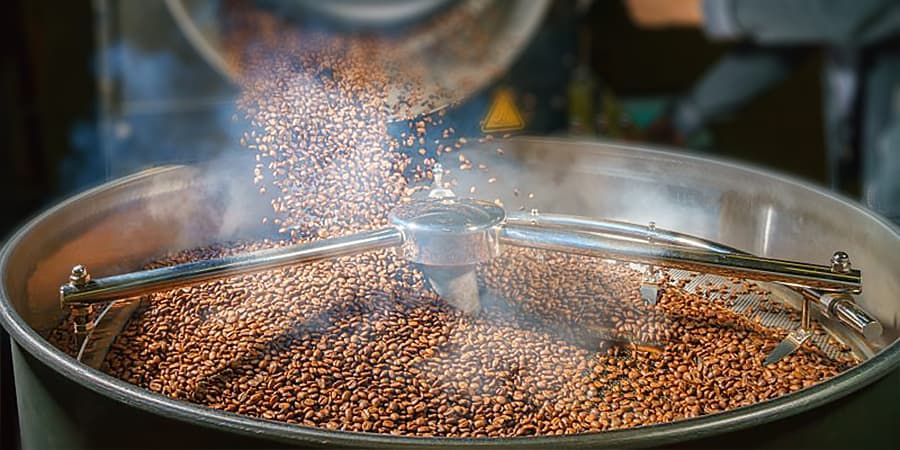
But how can you tell whether the coffee beans are still fresh?
A trained eye can determine their freshness just by looking at them. Freshly roasted coffee beans appear glossy with an almost wet appearance – like little tiny chocolate nuggets. As time passes by, this shine begins to dissipate; indicative of oxidation caused by prolonged exposure to oxygen and environmental elements such as heat or light.
When it comes to evaluating fresh coffee beans, there are also certain sensory factors to consider in order to identify coffee bean quality:
- Aroma – The scent of the coffee, which can range from floral to nutty to spicy.
- Flavor – The taste of the coffee, which can vary depending on the roast level (light roast to dark roast) and origin of the beans, and can have notes of chocolate, fruit, or other flavors.
- Acidity/sweetness – The level of acidity in the coffee, which can range from bright and tangy to mellow and smooth, and the degree of sweetness, which can balance out the acidity and enhance the flavor profile.
- Body – The texture and weight of the coffee in the mouth, which can be light or heavy, and can indicate the strength and richness of the brew.
- Aftertaste – The lingering taste and mouthfeel of the coffee after swallowing, which can be pleasant or unpleasant and can reflect the quality and complexity of the beans.
The more vibrant each characteristic appears individually and together as a whole, the fresher the bean.
On the other hand, muted aromas and flavors may indicate lesser quality beans due to age or improper storage.
To take things even further, I highly recommend investing a bit of extra effort into conducting a cupping session once in a while.
This involves taking several fresh coffee samples from different roasts (or origin) and comparing them side-by-side while sipping small amounts through spoons at intervals throughout the day.
This experience offers tremendous insight into what great-tasting coffees should taste like so you’d have more insight the next time you take a sip!
What to Do with Stale Coffee Beans?
If your coffee beans have already gone stale, don’t worry, they don’t need to go to the trash right away. Here are a few ways to repurpose old coffee beans:
- Compost and fertilizer: Make use of coffee’s nutrients by adding it to your compost bin or using it to fertilize the soil for your plants.
- Insect repellant: A study has found that coffee grounds can ward off cockroaches. Just leave about 15 grams of coffee grounds near entryways and cracks where these critters might enter.
- Deodorizer: Use it as a deodorizer on your fridge or scrub it on your hands followed by a thorough wash to remove any lingering smell.
- Skin exfoliant: The caffeic acid found in coffee beans can promote your collagen levels, making it a good exfoliating agent.
- Coffee-scented candles: You can also mix coffee grounds into candle wax to make your home smell like coffee anytime.
- Cold brew: You can also use old coffee beans to make cold brew, just make sure there’s no mold present in them. Note that the result will be much lower in quality, so it’s best to infuse it with larger amounts of milk and sweeteners. Personally, I don’t really recommend this but if you really don’t want to waste your coffee beans, this could be the solution you’re looking for.
Conclusion
Taking proper care of your coffee beans is essential for getting the best cup of joe. To keep coffee beans fresh, storing them correctly, in a cool, dry place away from light, oxygen, and moisture, is the key. If you’re ever in doubt, a quick cupping session is the best way to tell if your beans have gone stale.
So don’t let your coffee beans go to waste – follow the right way to store coffee beans and enjoy the fresh delicious flavor of your favorite brew every single time.

